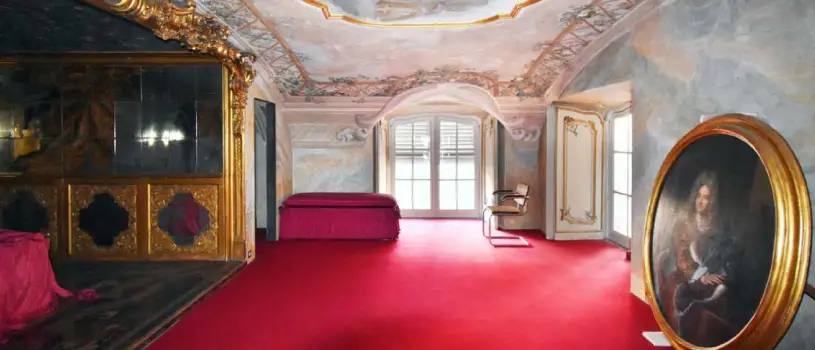The work, which has updated the building to current quality and safety standards, began at the end of 2019 and was financed thanks to the “Pact for Genoa”.
The supporters of the project include Fondazione Compagnia di San Paolo which, as part of the 2019-20 Framework Protocol between the Foundation and the Municipality of Genoa, funded the restoration of the façade of Palazzo Rosso, the Sala d’Autunno, the Loggia delle rovine, as well as the gardens, with the aim of completely reopening the architectural landmark, making the visit more attractive, interesting and rich.
Since 2000, the Municipality of Genoa and Fondazione Compagnia di San Paolo have in fact undertaken an ambitious project to redevelop and enhance what has become one of the most important museum districts of the Ligurian capital, the ancient and spectacular Strada Nuova, now Via Garibaldi, fully in accordance with the Foundation’s Culture Goal, which is to preserve and conserve architectural and artistic heritage, in the belief that it represents a fundamental local resource and that it is deserving not only of great attention, but also medium and long-term investment policies.
The work carried out at Palazzo Rosso includes the technological modernisation and upgrading of the systems, making the changes required to use computer networks, which allow museum visitors to be offered a different visiting experience to the past. In designing the systems, particular attention was paid to finding solutions that would not damage the decorative wall of the second floor and the marble floors, as one of the project’s aims was precisely to ensure total respect for the historical characteristics of the complex and the work carried out in the 1950s by the architect Franco Albini.
Alongside the work done on the systems and technologies, two very important conservation activities were carried out, namely: the restoration of the Sala della Grotta on the second mezzanine floor, with its “alcove”, which is truly unique among the interiors of Genoese palaces and is now being opened to the public, and the restoration of the vault of the Sala della Primavera, frescoed by Gregorio De Ferrari, a true masterpiece of grand Genoese Baroque decoration.[/vc_column_text][/vc_column][/vc_row][vc_row el_class=”sdg-list-wrap”][vc_column][vc_raw_html]JTVCbW9zdHJhU0RHUyU1RA==[/vc_raw_html][/vc_column][/vc_row][vc_row][vc_column][/vc_column][/vc_row]
